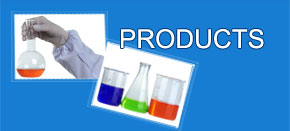

Mobile version







.jpg)
LH-398PS negative resin has certain advantages in decolorization, and has the possibility of reaching 85 - 90 decolorization rate, the specific analysis is as follows:
Ion exchange advantage - Anine resin can remove a wide range of negatively charged pigment ions through ion exchange. If the tar and pigment components of potassium sorbate mother liquor contain negatively charged groups, the resin can use its own quaternary ammonium group and other strong basic functional groups to exchange ions with it. Moreover, the resin can enhance the removal ability of pigment ions through multi-stage ion exchange column series, which may have a more thorough removal effect than activated carbon.
Physical adsorption potential - Its macroporous structure provides adsorption space for pigment molecules. For components such as tar, although complex, the large pores of the resin can accommodate some tar molecules, and its surface may also have physical adsorption effects on some pigment molecules. By reasonably designing parameters such as pore size and specific surface area of resins, the adsorption capacity of pigments in complex components can be improved.
Possibility of process optimization - In terms of processing volume, if the resin decolorization process is optimized, such as using continuous ion exchange equipment and adjusting the appropriate flow rate, temperature, resin filling volume, etc., a high decolorization rate can be achieved in the case of large-scale processing (100 tons/day). At the same time, its long-term stable decolorization performance can be maintained by recycling resin, which is more advantageous than activated carbon for disposable use.